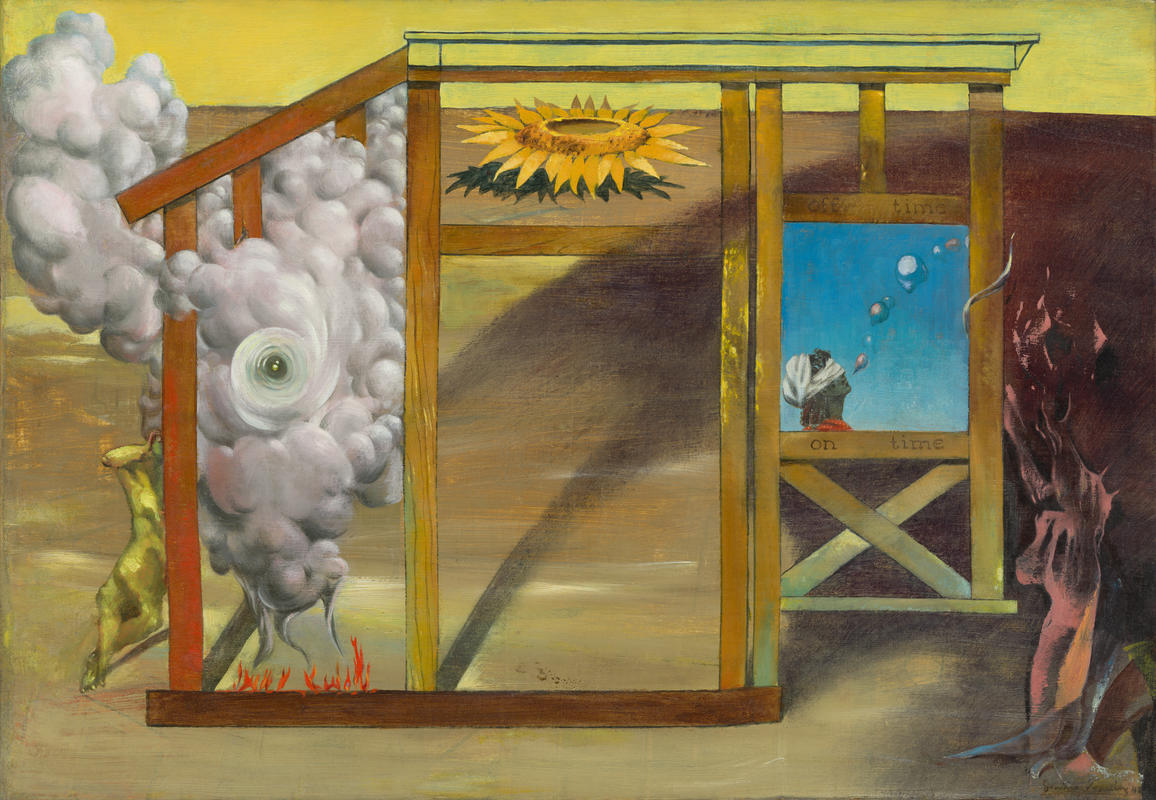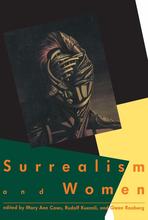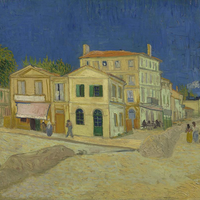More about On Time Off Time
- All
- Info
- Shop

Sr. Contributor
Dorothea Tanning’s images have proven to spook the best of us.
Mysterious titles, puzzling images, and generally eerie atmospheres. Tanning’s got all the usual elements that we associate with the Surrealists. Her ultra-realistic paintings definitely have strong Rene Magritte vibes. Like the Belgian Surrealist, she also started out illustrating advertisements, giving her paintings the inherent strangeness that accompanies realistic images that make no sense. But as she traveled and learned more about art, Tanning also took cues from a variety of other Surrealist artists. Measuring out at under two feet in either direction, this artwork is pretty small, which is perhaps a cue she got from fellow Surrealist weirdo Salvador Dalí.
Like many other burgeoning artists of her time, Tanning went to New York in search of camaraderie and inspiration, and she found the mecca at the Museum of Modern Art. I imagine her initial visit might have been something like the mesmerizing scene from "Ferris Bueller’s Day Off" at the Art Institute of Chicago. Tanning had found her people, and there was no turning back.
It turns out that Tanning and the Surrealists shared more than just ideas and styles - they frequently also shared lovers. In 1946, Tanning married Max Ernst, who had previously dated Leonora Carrington. That same year, Ernst and Tanning left the hustle and bustle of New York City for the serene deserts of Sedona, Arizona. The structure in this painting is similar to the house that Tanning and Ernst built for themselves out west. The quiet isolation allowed her to truly turn inward to dreams, fantasy, and the realm of the subconscious - that liminal space the Surrealists were always searching.
Hopefully, the uneasiness that Tanning encapsulated here was not an indication of her relationship with Ernst. The house is on fire, and there are headless busts in the windows. And although the sunflower floating in the house’s top window might seem harmless, sunflowers carried a secret, personal meaning for Tanning. Sunflowers recur throughout Tanning’s oeuvre, as she considered them to be the most aggressive flower. Perhaps Sedona was too quiet and brought out too much of the restlessness that characterized both Tanning and Ernst. The couple moved to France in 1952, where they continued to live together for almost three decades.
Sources
- Dolhun, Rachel. “Ask the MD: ‘Off’ Time in Parkinson’s Disease.” MJFF Feed. 8 November 2017. https://www.michaeljfox.org/news/ask-md-time-parkinsons-disease. Accessed 20 January 2020.
- McCormick, Carlo. “Dorothea Tanning.” Interview. 1 October 1990. https://bombmagazine.org/articles/dorothea-tanning/. Accessed 20 January 2020.
- McGivern, Hannah. “Surrealist Dorothea Tanning finally gets long-merited major survey.” The Art Newspaper. 3 October 2018. https://www.theartnewspaper.com/preview/dorothea-tanning-finally-gets-w…. Accessed 20 January 2020.
- Museum of Modern Art. “On Time Off Time.” Art and artists. https://www.moma.org/collection/works/134284?locale=en. Accessed 20 January 2020.
- Williamson, Beth. “Dorothea Tanning.” Artist biography. Tate. February 2019. https://www.tate.org.uk/art/artists/dorothea-tanning-2024. Accessed 20 January 2020.
- Gaby Wood. “‘I’ve always been perverse.” The Guardian. 15 August 2004. https://www.theguardian.com/artanddesign/2004/aug/15/art.fiction. Accessed 20 January 2020.













